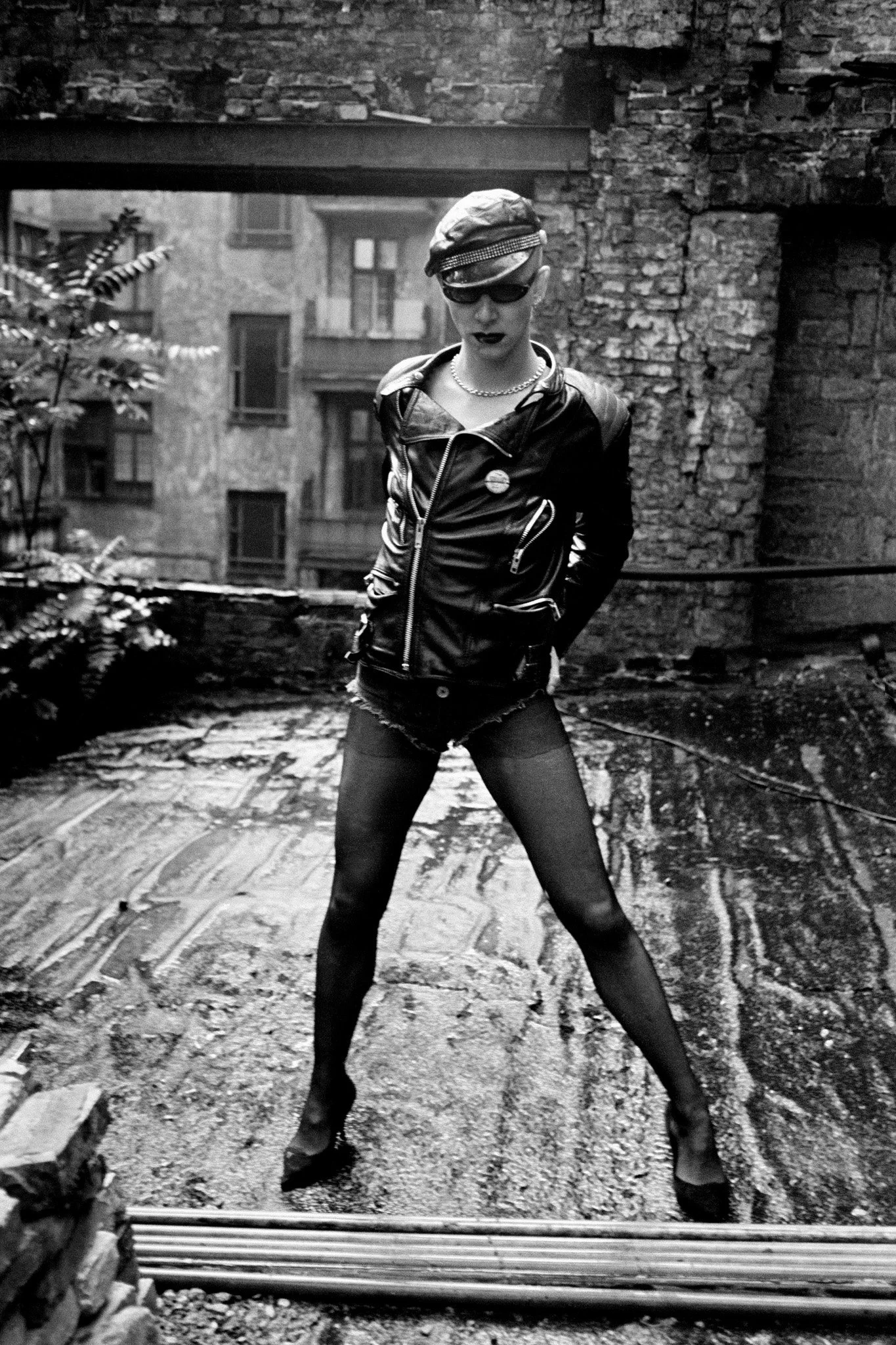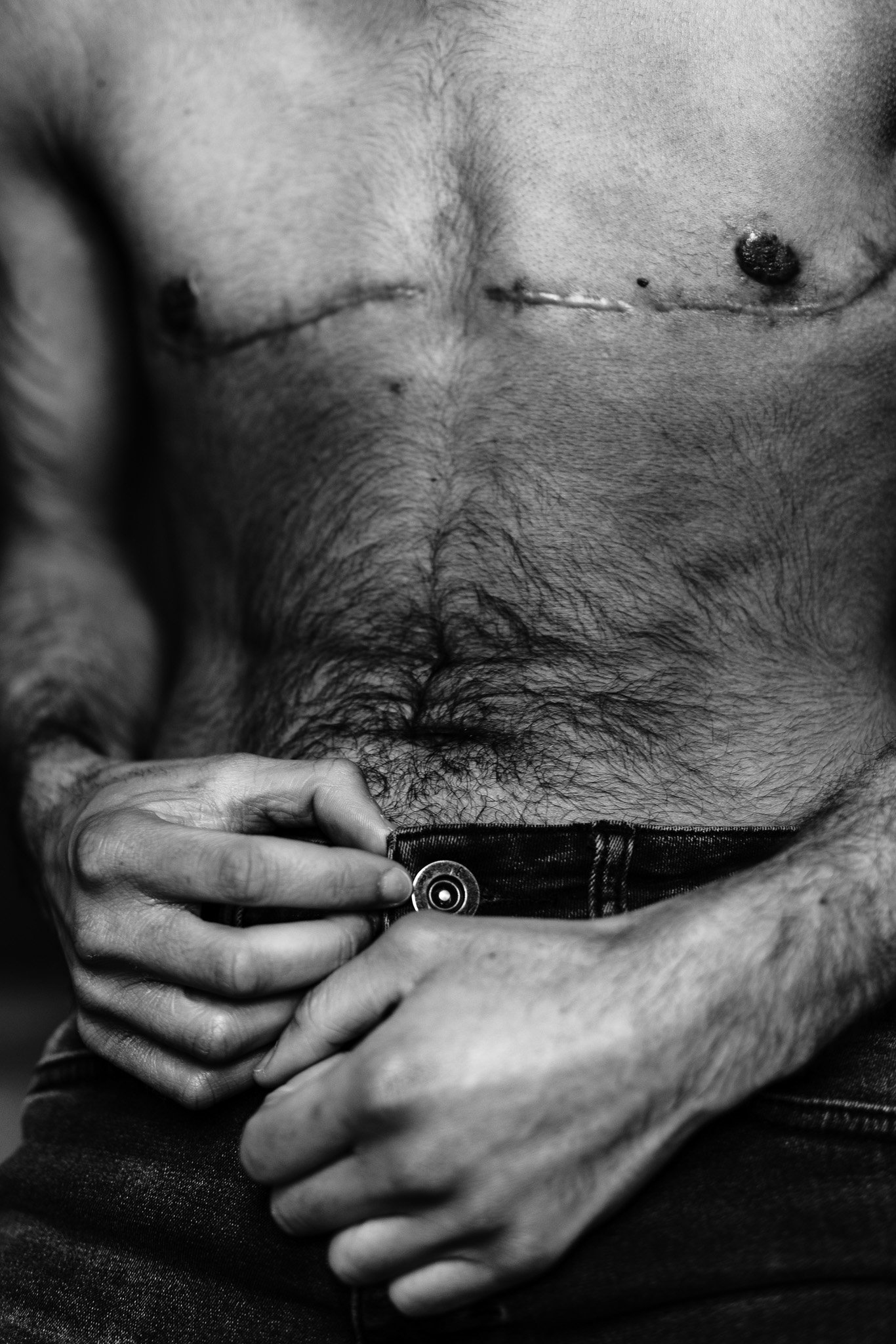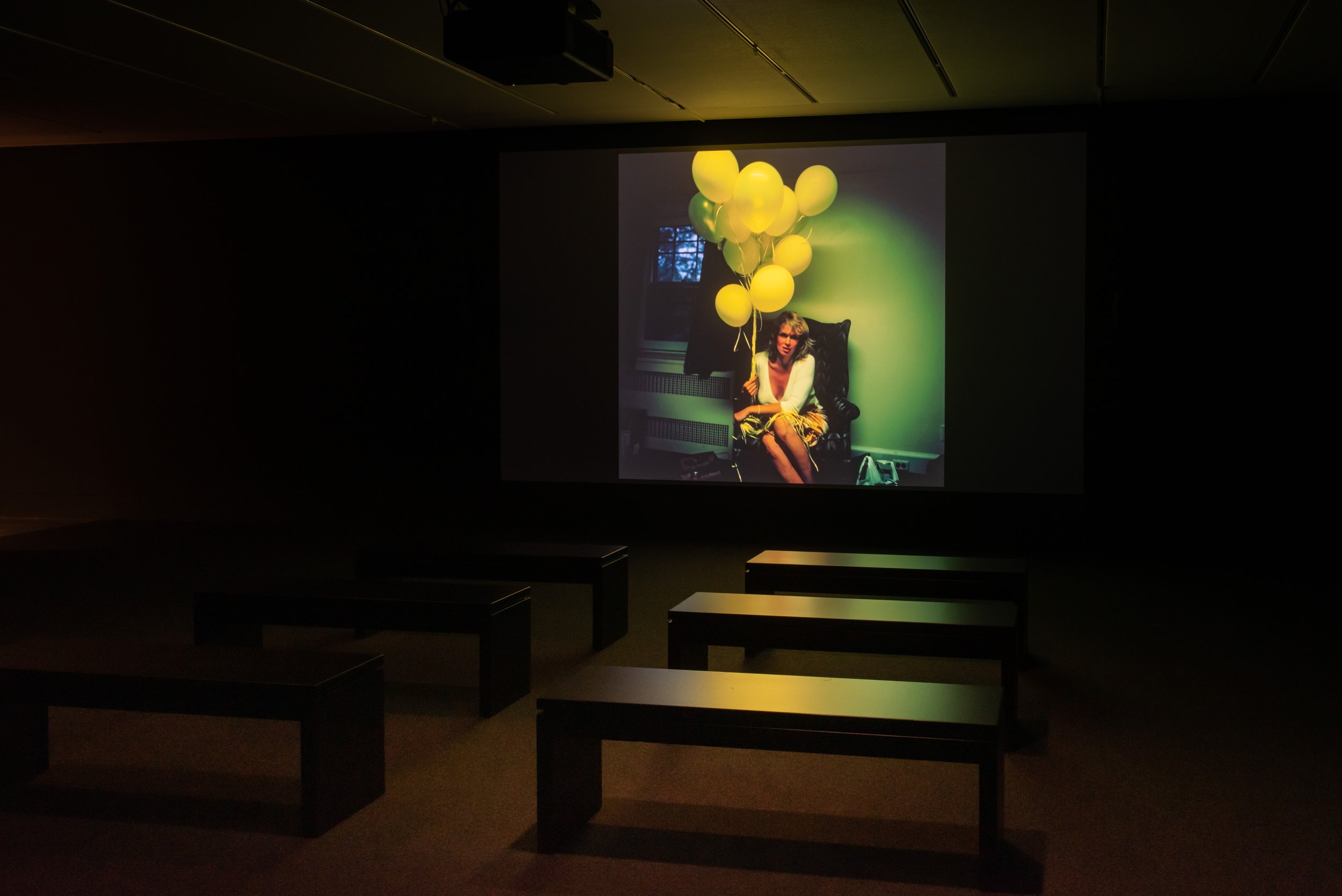Love, Lust, and Freedom | Kunstmuseum Brandts
Sven Marquardt: Franck 1986, From the ongoing series Future’s Past. Courtesy of Kunstmuseum Brandts
Written by Stella Paes
Tenderness and Pain – A Visual Exploration of Queer Love at Kunstmuseum Brandts
Kunstmuseum Brandts' latest photography exhibition, Love, Lust and Freedom, presents an evocative narrative of queer life the exhibition, running until January 5, 2025, capturing the spectrum of experiences from mundane daily routines to intense underground scenes, is a profound exploration of the right to love and express oneself freely. Featuring works by renowned photographers like Nan Goldin, Wolfgang Tillmans, Robert Mapplethorpe and others.
Nan Goldin, Memory Lost (2019-2021). Courtesy of Louisiana Museum of Modern Art, Photo Marian Goodman Gallery
The exhibition attracts attention to the issues and successes of the community at a time when LGBTQA+ rights are highly debated. According to Pew Research Center, tolerance toward homosexuality is increasing worldwide, but huge regional differences persist. More than 86 percent across Western Europe accept LGBTQA+. France decriminalized homosexuality in 1791, the Netherlands in 1811, and England and Wales in 1967. It would not be entirely decriminalized until 2003 by the U.S. Supreme Court. However, it is still the case that the trans community is the victim of discrimination today. There is enormous variation in legal recognition of transgender people: Sweden has had gender reassignment since 1972, while many US states continue to erect barriers. In 1973, the American Psychiatric Association managed to secure homosexuality's removal from the list of mental disorders. Meanwhile, in Saudi Arabia and Malaysia, being a transgender is criminalized with simply no kind of legal protection. The exhibition shows these contrasts and calls for reflection on this ongoing struggle for equality and for the capacity to love.
Ralf Obergfell, Shabnam & Alex. Courtesy of Kunstmuseum Brandts.
It all starts with sharp portrayals of everyday life, loading the very minute yet pregnant moments that define queer existence. Surprisingly, such images evoke the deepest emotions, simply bringing to light the very universality of love and intimacy. Take the act of doing laundry together: the silent nature of the action bears meaning in shared life and affection, challenging the viewer to recognize the beauty in these small gestures. One salient feature of this exhibition is its historicity, which contextualizes a new language with hidden codes and clandestine signals that queer individuals forged many years ago. The photographs worked both as documents and provocations that formed a secret language insisting, in some way, on the facticity of queer love when society refused to see it. This attitude of history is more pertinent when considering that the prohibition in Denmark against two men dancing together was not abolished until 1973, and homosexuality was not stricken from the list of mental illnesses until 1981.
Marvel Harris: Manhood - From the Series Inner Journey. Courtesy of the artist.
The exhibition doesn't back off from some of the more challenging elements of queer life, either. This includes millimeter-accurate portrayals of underground cultures in their dirty, unvarnished reality: freedom to love and desire comes with a cost. This part of the show is therefore at once unsettling and vital, laying bare the spaces where queer identities are both celebrated and threatened. Interwoven with these themes are stories of self-discovery and the search for identity. These stories are particularly powerful as they showcase the internal struggles and eventual acceptance that many queer individuals experience.
Florian Hetz: Pierre, 2016. Courtesy of Kunstmuseum Brandts.
Florian Hetz: Aurelien, 2017. Courtesy of Kunstmuseum Brandts.
A highlight from the exhibition is the artist Florian Hetz, a Berlin-based artist whose photographs do not shy away from showing the imperfections and the beauty of human flesh, making a statement about the normalcy and importance of these experiences. The artist shows the human body with such sincerity and unfiltered truth that his photos make us think of Michelangelo's sculptures and work. Hetz’s use of intimate and unfiltered imagery challenges the viewer to confront the reality of bodily changes and the narratives they carry. This piece, like many in the exhibition, encourages a deeper understanding and empathy towards the diverse experiences within the queer community.
Nan Goldin, Memory Lost (2019-2021). Courtesy of Louisiana Museum of Modern Art, Photo Marian Goodman Gallery
Viewers can also explore the work of Nan Goldin, known for her raw and intimate photography. In this exhibition, she captures the complexities of human relationships, identity and personal struggles. In her work, "Memory Lost" (2019-2021), she exemplifies this with a sharp exploration of addiction, loss and memory. The image of a woman with yellow balloons, presented in a lonely, dimly lit scene, evokes a sense of melancholy and contemplation, in line with Goldin's characteristic style of portraying the vulnerability and resilience of his subjects.
Curator Marianne Ager's vision for the exhibition is clear: it is not about making a political statement but creating a space for dialogue and connection. This approach allows for a more nuanced and personal engagement with the art, inviting viewers to reflect on their experiences and prejudices.














